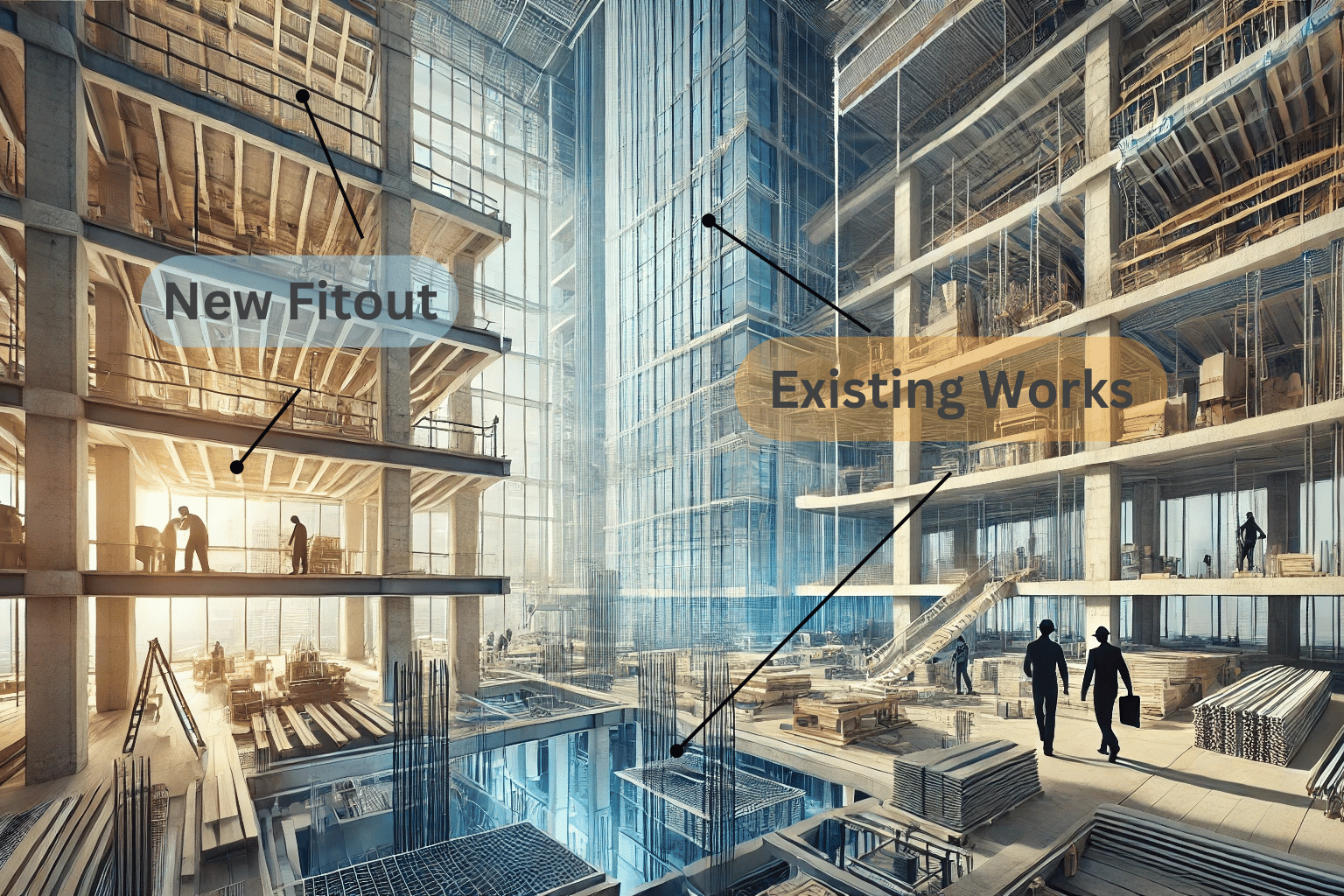In the latest installment of Team Brevity’s technical webinar series, we delved into the critical topic of seismic assessment for existing non-structural elements in commercial interiors. The webinar, held on March 7, 2024, featured insights from our professional engineer, Suryaraj Salunkhe, and was led by our new business lead, Gye Simkin.
Why Seismic Assessment is Crucial
Seismic assessment is a key aspect of ensuring the safety and resilience of buildings in earthquake-prone regions. It falls under the Building Act, with the earthquake-prone building provisions created by the Ministry of Business, Innovation and Employment coming into effect in 2017. These guidelines provide detailed assessment procedures to help identify buildings at risk of earthquake damage.
The main focus of the webinar was on Part C of the assessment, which is the detailed seismic assessment (DSA). This assessment is more qualitative and aims to confirm the earthquake rating of a building or its elements with a higher degree of reliability.
Non-Structural Elements and Commercial Interiors
Non-structural elements, such as suspended ceilings, partitions, and suspended services, are not part of the primary structure but are crucial in the overall safety of a building during an earthquake. These elements fall under commercial interiors and require careful consideration in the seismic assessment process.
One of the key concepts introduced in the webinar was the classification of space classes based on the functional purpose and hazard level of different areas within a building. This classification helps determine the life safety risk associated with various elements and guides the seismic design process.
Key Takeaways
- Seismic Assessments for Building Owners: The DSA provides valuable information for building owners, tenants, and councils to decide on the next steps for existing buildings, especially those considered earthquake-prone.
- Case-by-Case Consideration: Existing commercial interior elements need to be assessed on a case-by-case basis, depending on their space classification and part type. The weight of individual elements, for example, can influence their risk level.
- Cost-Effective Upgrades: Upgrading non-structural elements to meet or exceed the minimum 67% of the new building standard (NBS) is comparatively minimal in cost. This is in contrast to structural elements, where the cost of meeting the current code requirements can be significantly higher.
Conclusion
The seismic assessment of non-structural elements is a vital part of ensuring the safety and resilience of commercial interiors in earthquake-prone areas. By understanding the key parameters and classifications involved, building owners and engineers can make informed decisions to minimise life safety risks and comply with regulatory requirements. Team Brevity remains committed to providing expert guidance and innovative solutions in this critical area of engineering consultancy.
For more information or to inquire about our upcoming webinars, please visit www.teambrevity.com or reach out to us via email or LinkedIn.
How to handle seismic rating for existing fit-out and building code compliance for new fit-out
Managing seismic safety in building projects can be complex, especially when dealing with both new and existing…
Understanding the 2024 Updates to the AWCI Code of Practice for Suspended Ceilings
What are the key updates to the 2024 AWCI Code of Practice for suspended ceilings? As discussed by Matt Bishop and Gye…
Hardness Testing: A Best Practice for Outsourcing Steel Production
When outsourcing steel production overseas, ensuring material quality can be a challenge, and relying on mill…


